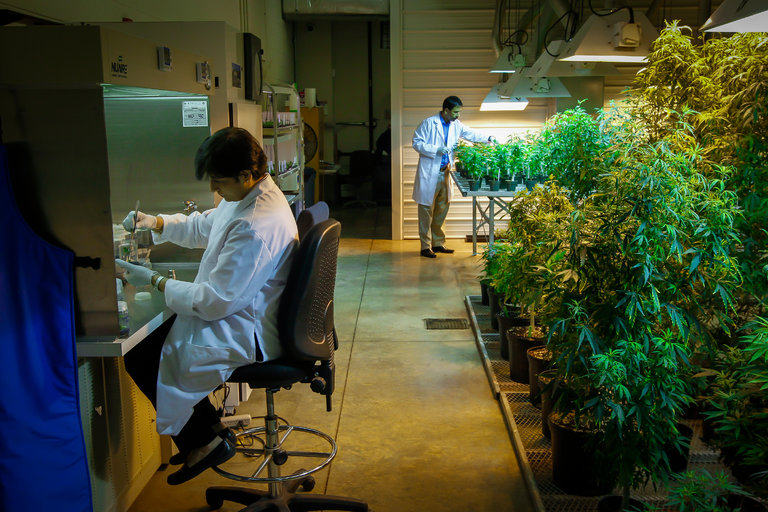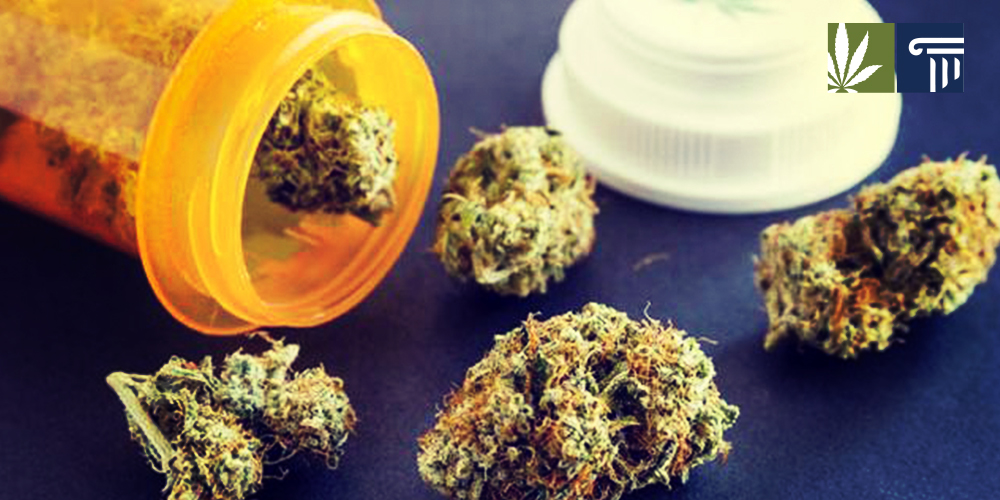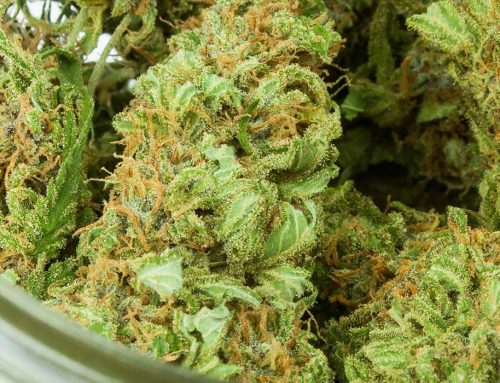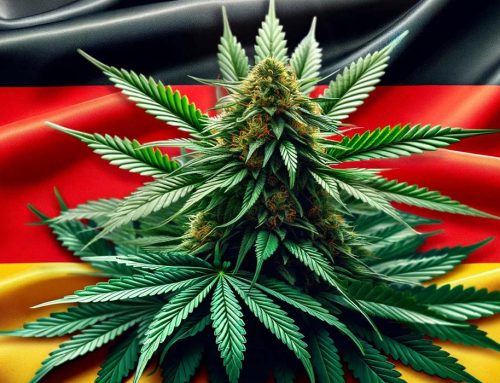The Obama administration announced in August that it would lift a critical barrier to marijuana research in the United States. The move could eventually pave the way for federal drug policy reforms.
The immediate effect of the decision will be to dramatically increase the supply of cannabis grown by the government for scientific study. All federal pot is grown in a small farm at the University of Mississippi, and access to it by researchers is extremely limited.
Scientists have complained that it routinely takes months if not years to clear marijuana studies through various federal agencies, including the FDA, the DEA, and the National Institute on Drug Abuse. Until recently, these agencies almost universally refused to approve studies into the potential medical benefits of the drug.

The federal cannabis farm at the University of Mississippi
A report in The New York Times said the decision would be formally published in the federal register within a day or two of the announcement Aug. 10. The report was based on interviews with three anonymous government officials.
“It will create a supply of research-grade marijuana that is diverse, but more importantly, it will be competitive and you will have growers motivated to meet the demand of researchers,” John Hudak, a senior fellow at the Brookings Institution, told The Times.
No cap on research marijuana
The administration has not set a potential cap on pot production for research, but it will be far more than the Mississippi farm currently provides. Because university research projects typically receive federal funding, most scientists must clear their studies with the government. Only researchers in Colorado and other states where marijuana is legal are able to perform legal studies without federal approval.
There will also be no cap on the number of universities that could be granted licenses to research cannabis and its benefits. But schools will have to meet security requirements and follow approved scientific protocols for tightly restricted studies.
Marijuana is a schedule 1 drug under the Controlled Substances Act of 1970, meaning it’s banned for any use, recreational or medical. Schedule 1 also includes heroin, LSD, and synthetic pot – drugs the government considers especially hazardous, especially addictive, and medically useless.

Marijuana scheduling conflicts with science
That conclusion conflicts with the growing weight of scientific evidence. Cannabis is known to treat the symptoms of glaucoma, cancer, nausea, and countless other physical and mental conditions. Half the states have adopted full medical marijuana, while roughly another dozen allow a more limited medicinal use of the drug. Colorado, Washington, Alaska, Oregon, and the District of Columbia allow it for recreational use.
While the new policy will expand access to federal cannabis by allowing more institutions to grow it, it won’t change the actual process for applying to conduct studies. Still, reformers hailed the decision, saying more research cannabis will end a decades-old monopoly on legal pot supplies.
“It’s clear that this was a significant hurdle in limiting the quantity of clinical research taking place in the U.S.,” said NORML Deputy Director Paul Armentano.
Part of the problem for researchers now is that it’s impossible to obtain legal federal cannabis with high THC levels, as the government still treats the drug as too dangerous to grow at high potency. Many illnesses respond well to THC, and those patients are put at a disadvantage.
“If you were a researcher who thought a product with high THC would help someone with a painful cancer, you were out of luck” Hudak said. “You couldn’t access high THC marijuana in the same way you could buy it in a market in Colorado.”
—
What do you think: How important is it that scientists have access to more marijuana? Will it speed up legalization? Comment below.






